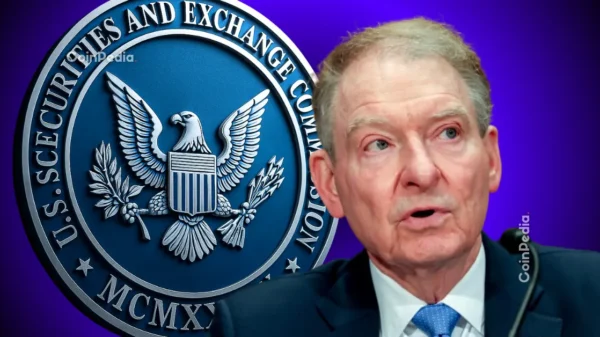The cryptocurrency market is currently grappling with significant panic, as evidenced by the Crypto Fear & Greed Index, which registered an “Extreme Fear” score of 10 on Saturday. This marks the lowest level since February 27, coinciding with Bitcoin dropping below $95,000 for the first time in recent months.
Recent data from Bitwise research indicates that, despite the steep decline in prices, the market sentiment is notably less bearish compared to previous downturns. This suggests that traders may not be as pessimistic as they were during earlier corrections. Specifically, the sentiment index from Bitwise shows potential signs of reversal, indicating a shift in trader psychology that could facilitate a recovery.
In the context of this market turmoil, the recent U.S. government shutdown has added another layer of uncertainty. Following the signing of a bill by President Donald Trump to end the longest shutdown in U.S. history, questions surrounding Federal Reserve interest rate decisions remain a key concern for cryptocurrency traders, as these policies often correlate with price movements in the crypto space.
Technically, some analysts are spotting patterns on Bitcoin”s price charts that could suggest a potential reversal. Sven Henrich, founder of NorthmanTrader, noted a falling wedge pattern alongside positive divergence, which are indicators that may foreshadow upward price movements for Bitcoin. However, Henrich cautioned that these signals are not yet confirmed.
Market analysis from a Messari research manager, who goes by the name “DRXL,” highlighted an unusual disconnect between prevailing headlines and market sentiment. He remarked that in his eight years of experience in the crypto sector, he has never witnessed such a stark contrast.
Despite the cautious optimism from some analysts, others warn against calling market bottoms prematurely. Santiment, a platform focused on crypto sentiment analysis, cautioned that genuine market bottoms typically occur when the majority of market participants expect prices to decline further. Their findings revealed an overwhelming negativity in social media sentiment regarding Bitcoin, with a significant drop in the ratio of positive to negative comments.
As Bitcoin”s price fell, its social dominance surged above 40 percent, reflecting a heightened level of conversation and concern among traders. Notably, mentions of Michael Saylor, chairman of Strategy, increased during the price decline, with some traders speculating on his Bitcoin holdings. However, Saylor publicly denied claims that he was selling Bitcoin during this downturn.
Moreover, U.S. spot Bitcoin ETFs experienced substantial outflows, totaling $1.17 billion over three trading days, with a staggering $866 million withdrawn on Thursday alone, marking the second-worst day on record for these funds. The only day with higher outflows occurred on February 25, when $1.14 billion exited the market.
As the cryptocurrency market navigates this turbulent period, the dynamics of fear, sentiment, and technical analysis continue to influence investor behavior and market movements.





































































